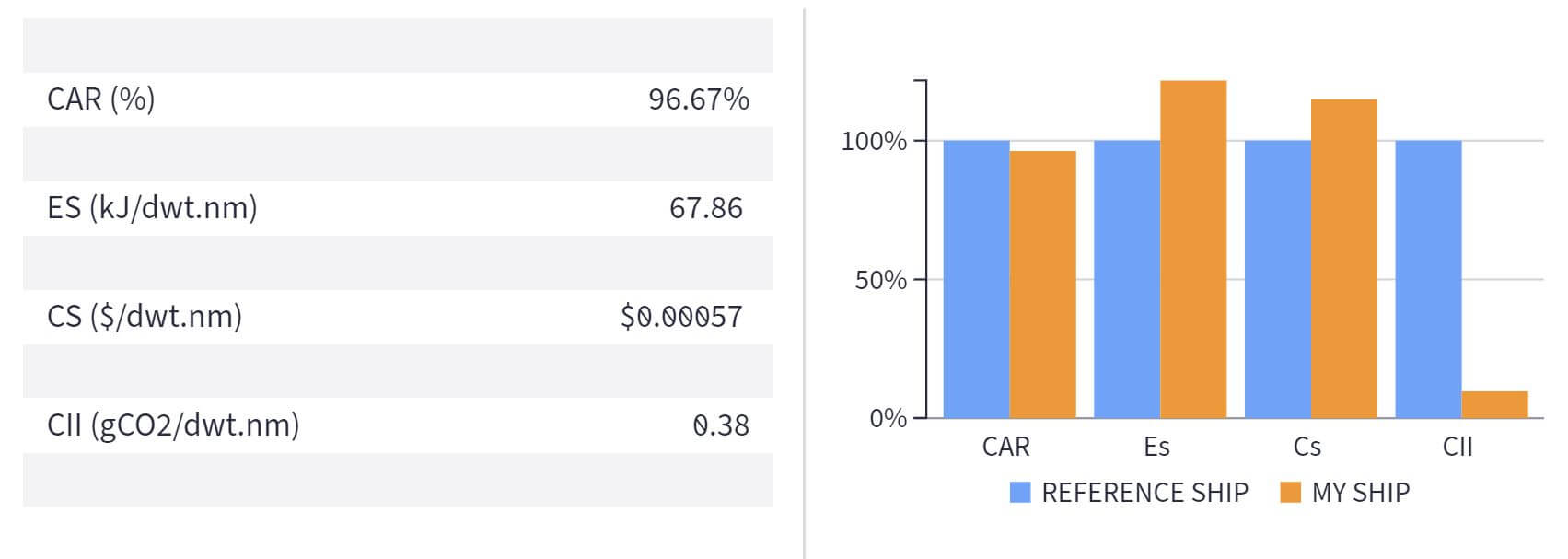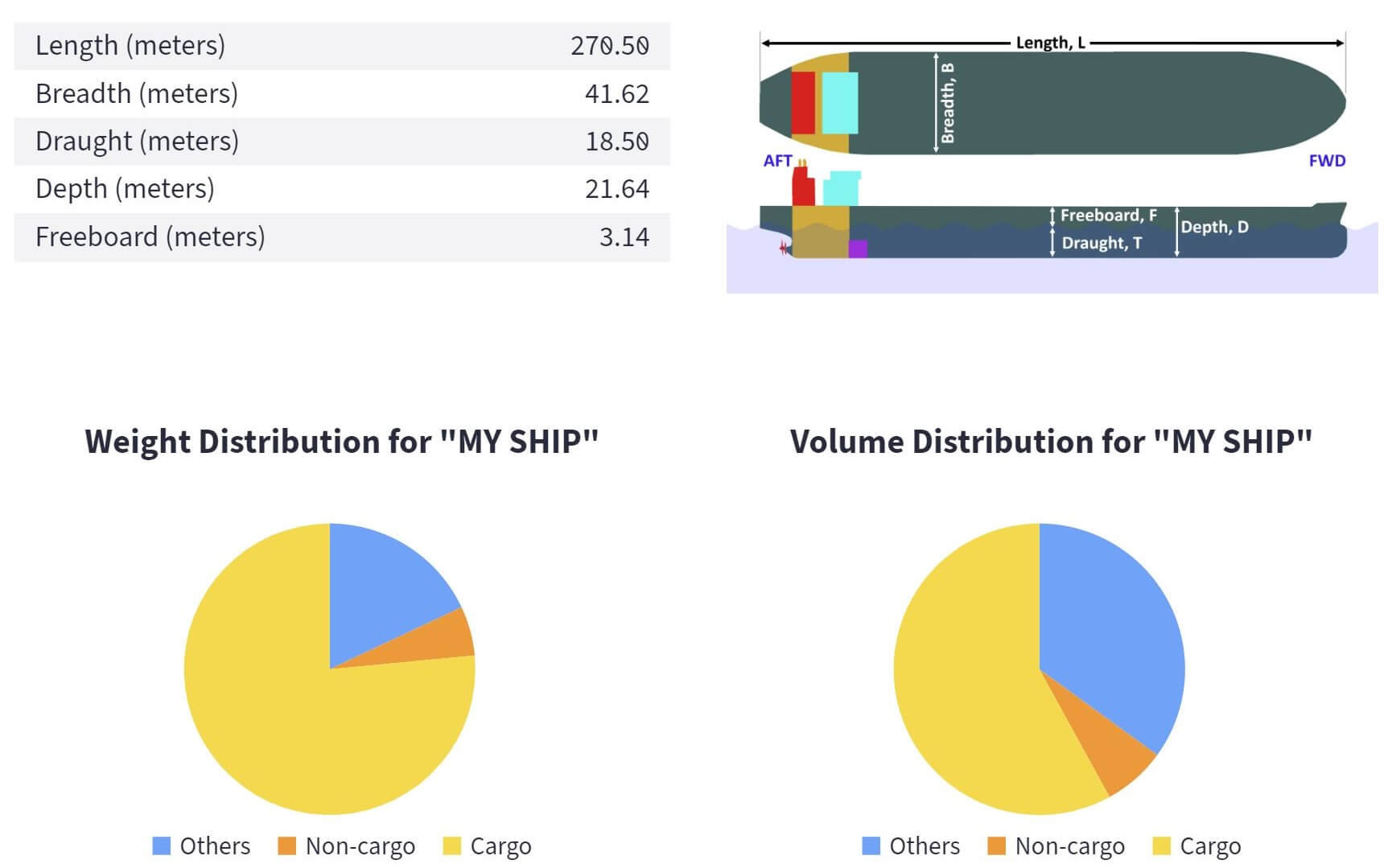As more alternative fuels are being considered for replacement of the conventional Heavy Fuel Oil (HFO), a detailed assessment was published to compare the various alternative fuel pathways for instance installation of carbon capture technology (HFO(CCS)), liquefied natural gas (LNG), liquefied natural gas with CCS installation (LNG(CCS)), hydrogen, ammonia, and methanol produced from fossil fuel primary energy (BLUE H2, BLUE NH3, BLUE MEOH), electricity produced from natural gas with carbon capture during fuel production (NG-E), biodiesel (BIO-DIESEL), and bio-methanol (BIO-MEOH). As hydrogen and ammonia can be powered by both dual fuel engine (ICE) and fuel cell (FC), users need to select the fuel type and their choice of energy converter.




